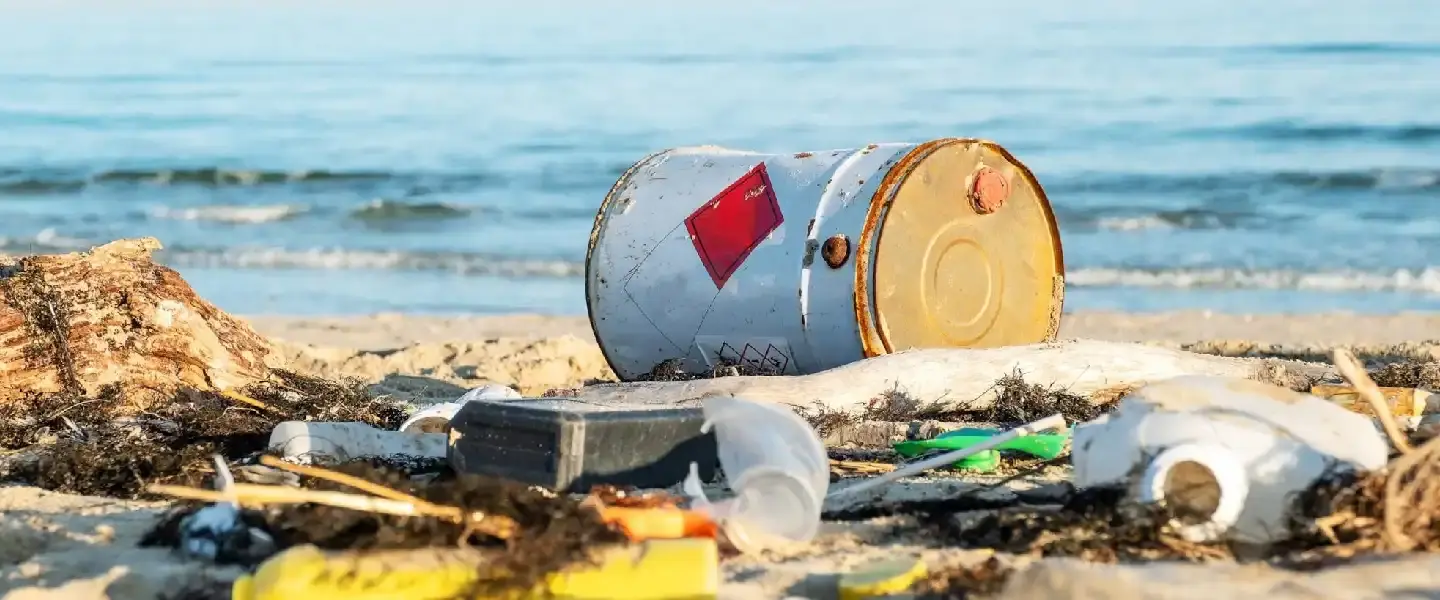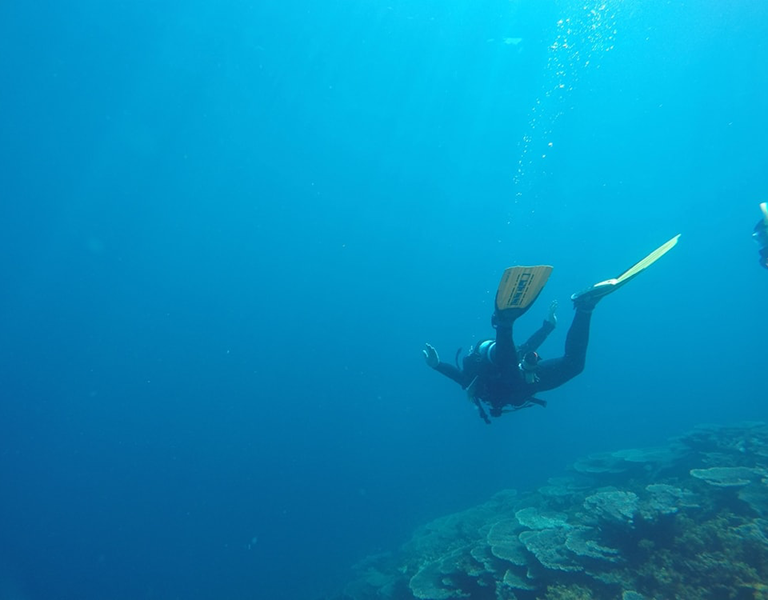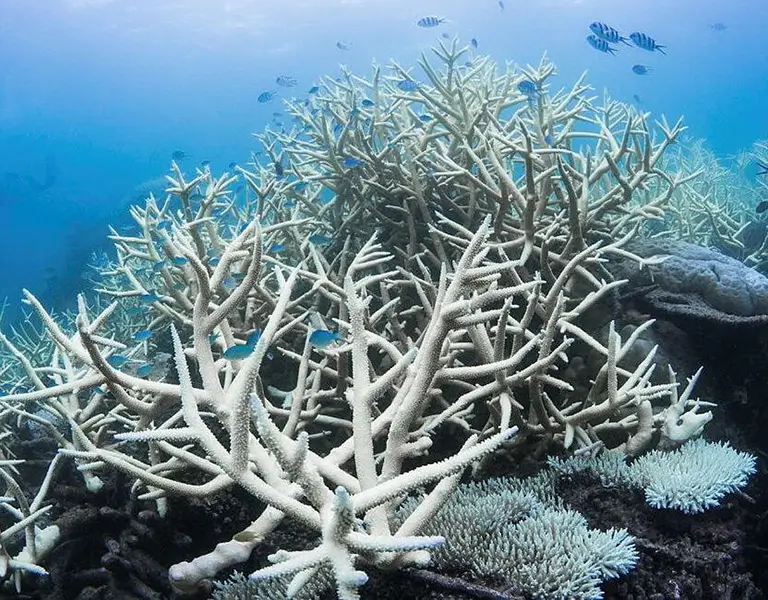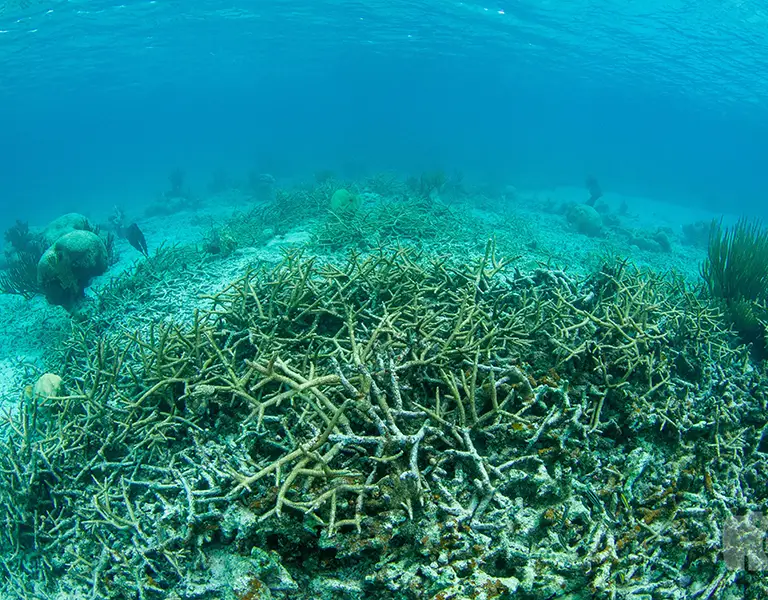The world’s biological diversity faces unprecedented challenges, with species populations declining at alarming rates across aquatic ecosystems, forest habitats, and freshwater environments. Understanding these threats is crucial for protecting our planet’s irreplaceable natural heritage.
Key Takeaways
- Climate change, habitat destruction, invasive species, pollution, and overexploitation represent the five major threats to global biodiversity
- Human activities have accelerated biodiversity loss to rates 100-1,000 times faster than natural extinction rates
- Aquatic ecosystems, including coral reefs, are particularly vulnerable to warming temperatures and ocean acidification
- Conservation actions and protected areas offer hope, but require urgent scaling to address the biodiversity crisis
- Every individual can contribute to preserving biodiversity through conscious choices and supporting conservation research
Climate Change: Reshaping Earth’s Ecosystems
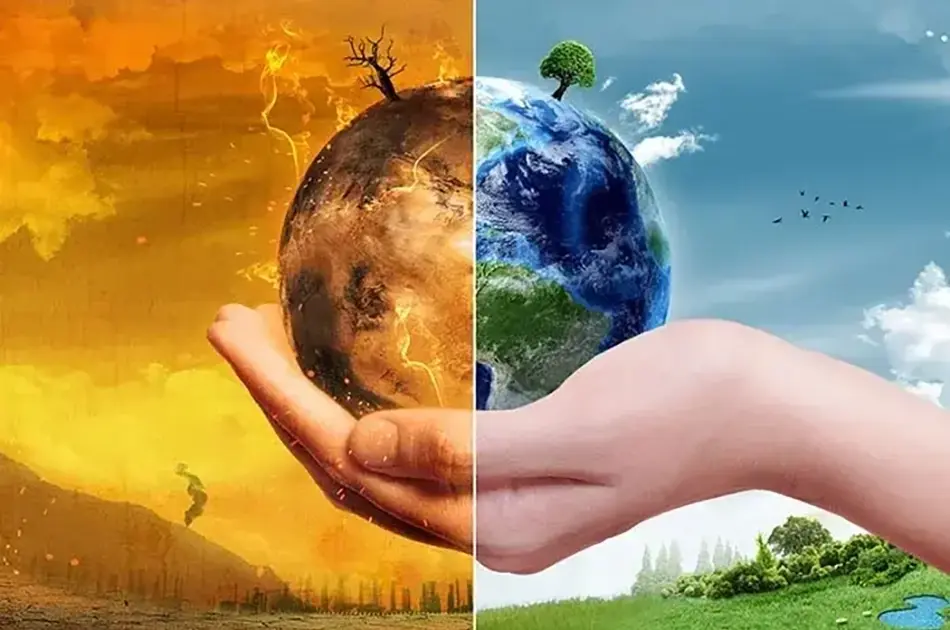
Climate change stands as one of the most significant threats to biodiversity worldwide. Rising temperatures, driven by greenhouse gases like carbon dioxide from fossil fuels, are fundamentally altering ecosystems across the globe.
Warmer temperatures force species to migrate to higher elevations and higher latitudes in search of suitable conditions1. Many species cannot adapt quickly enough to these rapid changes, leading to increased extinction risk. Extreme weather events, from intense storms to prolonged droughts, further stress wildlife populations and their habitats.
Ocean acidification, caused by increased carbon dioxide absorption in ocean water, poses a particular threat to marine species.
Coral reefs, among Earth’s most biodiverse ecosystems, face bleaching events as warming waters exceed their tolerance thresholds. These underwater rainforests support countless marine mammals, fish species, and other organisms.
Precipitation patterns are shifting dramatically, affecting freshwater ecosystems and the species that depend on them. Sea level rise threatens coastal habitats and species populations that have evolved in these zones over millennia.
Habitat Loss and Fragmentation: Destroying Nature’s Foundation
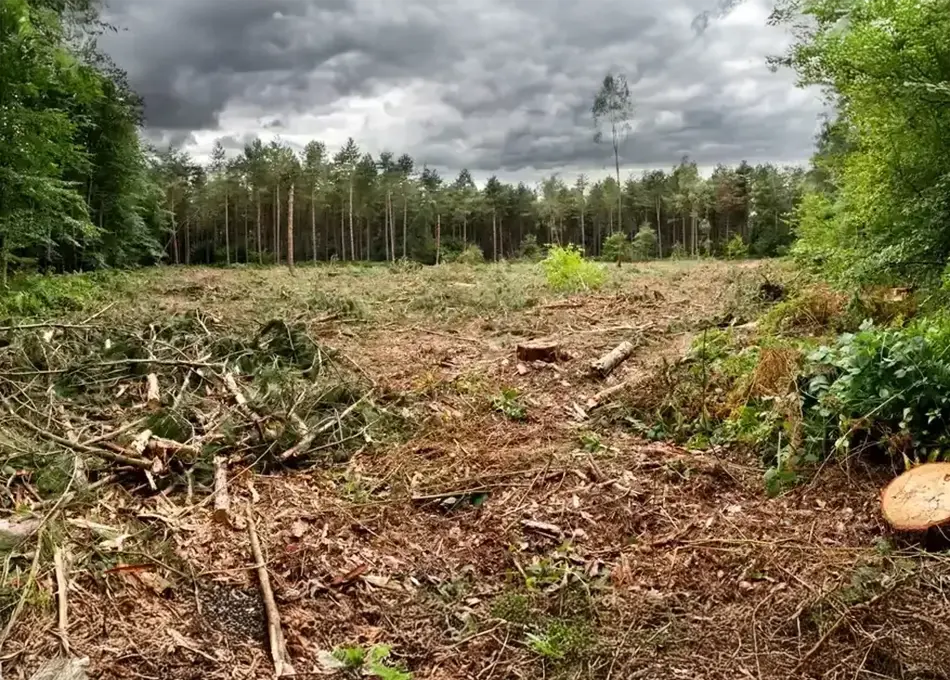
Habitat destruction represents perhaps the most direct threat to biological diversity. Human settlements, agriculture, and infrastructure development have claimed vast areas of Earth’s land and marine environments.
Forest habitat loss continues at staggering rates, with tropical rainforests bearing the brunt of deforestation. These biodiversity hotspots house countless species, many still unknown to science. When forests disappear, entire ecological interactions collapse, affecting everything from pollination networks to predator-prey relationships2.
Habitat fragmentation breaks up continuous ecosystems into isolated patches, making it difficult for species to find mates, food, and suitable breeding grounds. Smaller habitat fragments support fewer species and are more vulnerable to edge effects that alter the physical environment within them.
Marine habitats face similar pressures from coastal development, deep-sea mining, and destructive fishing practices. Mangrove forests, seagrass beds, and coral reefs – critical nursery habitats for sea animals – continue shrinking under human pressure.
Invasive Species: Disrupting Native Ecosystems

Non-native species introduced to new environments often lack natural predators and can rapidly outcompete native species for resources. These invasive species alter ecological interactions and can drive native populations to local extinction.
Plants, animals, and microorganisms transported through global trade and travel establish themselves in new regions where they may have competitive advantages. Invasive plants can alter soil chemistry and fire patterns, while invasive animals may prey on species that lack evolved defenses.
Marine invasive species often arrive through ballast water in ships or by attaching to vessel hulls. Once established, these species can transform entire aquatic ecosystems, affecting commercial fisheries and native marine biodiversity.
The economic costs of invasive species reach billions of dollars annually through damage to agriculture, forestry, and ecosystem services. Early detection and rapid response programs offer the best hope for managing these biological invasions.
Pollution: Contaminating Life’s Support Systems
Water pollution from agricultural runoff, industrial waste, and urban development degrades freshwater ecosystems and marine environments3. Excess nutrients cause algal blooms that deplete oxygen, creating dead zones where few organisms can survive.
Air pollution, including acid rain, affects terrestrial ecosystems by altering soil chemistry and damaging plant tissues4. Atmospheric pollutants can travel vast distances, affecting even remote wilderness areas supposedly protected from direct human impact.
Plastic pollution has emerged as a global crisis, with microplastics found in organisms from the deepest ocean trenches to the highest mountains. Marine animals mistake plastic debris for food, while microplastics enter food webs at the most basic levels.
Chemical pollution from pesticides, pharmaceuticals, and industrial compounds disrupts hormone systems in wildlife, affecting reproduction and development. These persistent chemicals accumulate in tissues and biomagnify through food webs.
Overexploitation: Taking More Than Nature Can Give
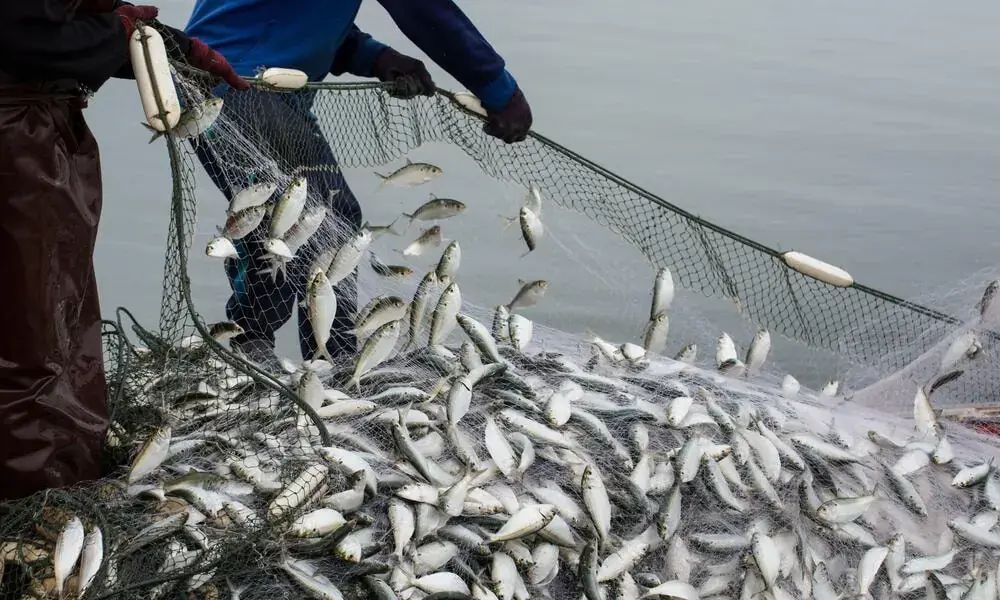
Human exploitation of natural resources often exceeds sustainable levels, driving species toward extinction. Commercial fishing has collapsed numerous fish populations, with some sea animals experiencing population declines of over 90%.5
Hunting and harvesting of terrestrial species for food, medicine, and commercial products continue to threaten endangered species populations. The illegal wildlife trade generates billions in revenue while pushing species like rhinos, elephants, and pangolins toward extinction.
Forestry practices that clear-cut old-growth forests remove not just trees but entire ecological communities that took centuries to develop. Sustainable forestry practices exist but require commitment from governments and industries.
Overuse of ecosystem services – the benefits nature provides to humans – strains natural systems beyond their capacity to regenerate. Wetlands that purify water, forests that regulate climate, and pollinators that enable food production all face excessive pressure.
Human Activities: The Common Thread
Population growth and increasing consumption drive most threats to biodiversity. As settlements expand, natural habitats shrink. Industrial development releases pollutants while demanding more natural resources.
Agricultural expansion to feed growing populations converts natural ecosystems to simplified farming systems with reduced biodiversity. Modern agriculture’s reliance on pesticides and monocultures creates ecological deserts in formerly biodiverse landscapes.
Transportation networks fragment habitats while facilitating the spread of invasive species. Energy infrastructure, from mining to renewable projects, when poorly planned, can significantly impact local ecosystems.
Urban development creates heat islands and alters local hydrology, affecting both terrestrial and aquatic species. While cities can incorporate green spaces and wildlife corridors, most urban growth comes at nature’s expense.
The Biodiversity Crisis: A Global Emergency
Scientists describe current biodiversity loss as the sixth mass extinction, with species disappearing at rates unseen since the dinosaurs’ demise 65 million years ago.6 This extinction crisis threatens not just individual species but entire ecosystems and the services they provide.
Species richness – the number of different species in an area – correlates directly with ecosystem stability and productivity. As species disappear, ecological systems become more vulnerable to disturbances and less capable of providing benefits to human health and wellbeing.
The World Economic Forum identifies biodiversity loss as one of the top global risks, recognizing its implications for food security, water resources, and economic stability. Indigenous communities, who steward much of the world’s remaining biodiversity, often bear the brunt of these losses.
Regional assessments reveal that ecosystem degradation affects all continents, though tropical regions with high species diversity face particularly severe threats. Island ecological systems, already constrained by geography, prove especially vulnerable to human impacts.
Conservation Actions: Pathways to Recovery
Protected areas represent humanity’s most successful conservation strategy, preserving critical habitats and animal populations. However, many of these areas remain isolated islands in seas of human development, limiting their long-term effectiveness.
Conservation research provides the scientific foundation for effective protection strategies. Studies of population dynamics, genetic diversity, and ecological interactions inform management decisions that can help species recover.
Habitat restoration projects demonstrate that damaged biosystems can recover with appropriate intervention. Wetland restoration, forest replanting, and coral reef restoration show promise for reversing ecosystem degradation in specific areas.
Community-based conservation programs that involve local people in protecting resources often achieve better outcomes than top-down approaches. Indigenous knowledge systems offer valuable insights for sustainable resource management.
Traditional Medicine and Biodiversity
Many cultures rely on plants and animals for medicine, creating complex relationships between human health and biodiversity conservation. Sustainable harvesting practices can maintain these cultural traditions while protecting species populations.
However, unsustainable collection for these medicines threatens numerous species with extinction. Rhino horn, tiger bones, and certain medicinal plants face severe pressure from illegal harvesting.7
Cultivation programs that grow medicinal plants in controlled settings offer alternatives to wild collection. These programs can provide income for local communities while reducing pressure on wild populations.
Research into these medicines has led to numerous modern pharmaceuticals, highlighting biodiversity’s value for human health. This connection underscores the importance of preserving species as potential sources of future medicines.
Marine Ecosystems: Ocean Biodiversity Under Threat
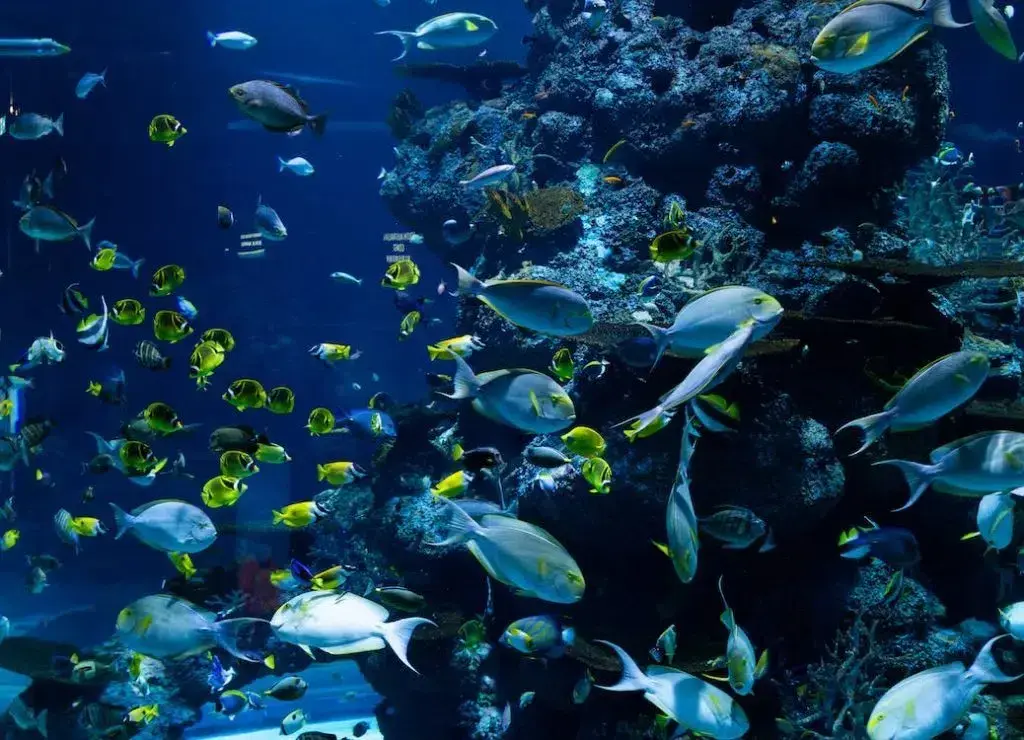
Marine ecological systems face a perfect storm of threats, from warming waters to plastic pollution. Coral reefs, supporting 25% of marine animals on less than 1% of ocean area8, exemplify marine biodiversity’s vulnerability.
Ocean acidification makes it difficult for shellfish, corals, and other organisms to build calcium carbonate structures. This chemical change affects entire marine food webs, from microscopic plankton to marine mammals.
Overfishing has removed large predators from many marine ecological systems, causing cascading effects throughout food webs. Marine conservation areas show that fish populations can recover when given adequate protection.
Deep-sea environments, once thought beyond human reach, now face threats from mining, pollution, and climate change. These biosystems harbor unique species found nowhere else on Earth, many still unknown to science.
Ecosystem Services: Nature’s Economic Value
Ecosystems provide services worth trillions of dollars annually to the global economy. These include water purification, climate regulation, pollination, and natural disaster protection.
Healthy ecological systems regulate water cycles, preventing floods and purifying drinking water supplies. Wetlands act as natural sponges, absorbing excess water during storms and releasing it during dry periods.
Pollinators like bees, birds, and bats enable reproduction in 35% of global food crops9. The economic value of pollination services reaches tens of billions of dollars annually10.
Forests store carbon, helping mitigate climate change, while also preventing soil erosion and regulating local weather patterns. Coastal ecological systems like mangroves and coral reefs protect shorelines from storm surges and erosion.
Solutions for the Future
Protecting biodiversity requires coordinated action across all sectors of society. Governments must strengthen environmental regulations and expand conservation areas while businesses adopt sustainable practices.
Individual actions matter too – choosing sustainable products, reducing consumption, and supporting conservation organizations contributes to global efforts. Educational programs that connect people with nature foster the next generation of conservation advocates.
Technology offers new tools for conservation, from satellite monitoring of deforestation to DNA analysis for tracking illegal wildlife trade. Artificial intelligence helps analyze vast datasets to identify conservation priorities.
International cooperation through treaties and agreements provides frameworks for protecting migratory species and shared ecological system. Climate change mitigation efforts must accelerate to prevent irreversible losses of biodiversity.
The Path Forward: Hope Through Action
While the scale of ecosystem degradation seems overwhelming, success stories prove that conservation works when given adequate resources and commitment. Species brought back from the brink of extinction demonstrate nature’s resilience when human pressure is reduced.
Education and awareness-building remain crucial for building public support for conservation. When people understand their dependence on biodiversity, they become more willing to support protective measures and change their behavior.
Economic incentives that value ecosystem services can make conservation profitable. Carbon credits, biodiversity offsets, and payments for ecosystem services provide financial reasons to protect nature.
Youth movements worldwide are demanding action on ecosystem degradation, bringing energy and urgency to conservation efforts. These digital natives use technology and social media to amplify conservation messages and mobilize support.
Every action to protect biodiversity matters, from individual choices to international agreements. The window for preventing massive decline in biological diversity is narrow, but collective action can still make a difference.
Conclusion
The threats to biodiversity – climate change, habitat loss, invasive species, pollution, and overexploitation – represent interconnected challenges requiring urgent, coordinated responses. While the current trajectory is alarming, with many species facing extinction and biosphere collapsing under human pressure, opportunities for positive change remain.
Success depends on recognizing that human wellbeing and biodiversity are inextricably linked. The ecosystem services that nature provides sustain life on Earth, from the air we breathe to the food we eat. Protecting biodiversity isn’t just about saving charismatic species; it’s about preserving the ecological foundation that supports all life.
Individual actions, combined with institutional changes and policy reforms, can slow and eventually reverse decline in biological diversity. The science is clear, the solutions exist, and the urgency is undeniable. What’s needed now is the collective will to act before it’s too late.
About Coral Vita
Coral Vita is a mission-driven company dedicated to restoring our world’s dying and damaged reefs. Using innovative land-based farming techniques, Coral Vita grows diverse and resilient corals in months instead of the decades they take in nature. These corals are then transplanted into threatened reefs, helping to preserve ocean biodiversity while protecting coastal communities that depend on healthy reefs for protection, food, and income].
Founded by environmental entrepreneurs Sam Teicher and Gator Halpern, Coral Vita’s high-tech coral farms incorporate breakthrough methods to restore reefs in the most effective way possible. In 2021, the company was recognized as the inaugural winner of Prince’s William’s Revive Our Oceans Earthshot Prize Winner for their pioneering work in coral restoration.
To learn more about Coral Vita’s work or to get involved in coral reef conservation efforts, visit their website at www.coralvita.co or contact them directly through their Contact Us page.
Frequently Asked Questions
What are the five major threats to biodiversity?
The five threats to biodiversity are global warming, habitat loss and fragmentation, invasive species, pollution, and overexploitation of resources. These threats often work together, amplifying their individual impacts on biosphere and species populations worldwide.
How does climate change affect marine biodiversity?
Climate change affects marine biodiversity through rising ocean temperatures, ocean acidification, and sea level rise. These changes cause coral bleaching, alter species distributions, and disrupt marine food webs, threatening countless species from plankton to marine mammals.
Why are invasive species such a serious threat?
Invasive species lack natural predators in their new environments, allowing them to outcompete native kinds for resources. They disrupt ecological relationships that evolved over thousands of years, often leading to native species’ local extinction and ecosystem transformation.
What can individuals do to help protect biodiversity?
Individuals can help protect iversity of life by reducing consumption, choosing sustainable products, supporting conservation organizations, creating wildlife-friendly gardens, and advocating for environmental protection. Every action contributes to broader conservation efforts that make a real difference.
References
- Chen, I. C., Hill, J. K., Ohlemüller, R., Roy, D. B., & Thomas, C. D. (2011). Rapid range shifts of species associated with high levels of climate warming. Science, 333(6045), 1024-1026. https://pubmed.ncbi.nlm.nih.gov/21852500/ ↩︎
- Ferreira, P. A., Boscolo, D., Lopes, L. E., Carvalheiro, L. G., Biesmeijer, J. C., da Rocha, P. L. B., & Viana, B. F. (2020). Forest and connectivity loss simplify tropical pollination networks. Oecologia, 192(2), 577-590. https://link.springer.com/article/10.1007/s00442-019-04579-7 ↩︎
- Mateo-Sagasta, J., Zadeh, S. M., Turral, H., & Burke, J. (2017). Water pollution from agriculture: a global review. Food and Agriculture Organization of the United Nations (FAO). https://www.fao.org/3/i7754e/i7754e.pdf ↩︎
- Singh, A., & Agrawal, M. (2008). Acid rain and its ecological consequences. Journal of Environmental Biology, 29(1), 15-24. https://pmc.ncbi.nlm.nih.gov/articles/PMC9672585/ ↩︎
- Pauly, D., & Zeller, D. (2016). Catch reconstructions reveal that global marine fisheries catches are higher than reported and declining. Nature Communications, 7(1), 10244. https://ourworldindata.org/fish-and-overfishing ↩︎
- Barnosky, A. D., Matzke, N., Tomiya, S., Wogan, G. O., Swartz, B., Quental, T. B., … & Ferrer, E. A. (2011). Has the Earth’s sixth mass extinction already arrived? Nature, 471(7336), 51-57. https://www.nhm.ac.uk/discover/what-is-mass-extinction-and-are-we-facing-a-sixth-one.html ↩︎
- Ellis, R. (2005). Tiger bone & rhino horn: the destruction of wildlife for traditional Chinese medicine. Island Press. https://www.researchgate.net/publication/45223649_Tiger_Bone_Rhino_Horn_The_Destruction_of_Wildlife_for_Traditional_Chinese_Medicine ↩︎
- Spalding, M., Ravilious, C., & Green, E. P. (2001). World atlas of coral reefs. University of California Press. https://www.epa.gov/coral-reefs/basic-information-about-coral-reefs ↩︎
- Klein, A. M., Vaissière, B. E., Cane, J. H., Steffan-Dewenter, I., Cunningham, S. A., Kremen, C., & Tscharntke, T. (2007). Importance of pollinators in changing landscapes for world crops. Proceedings of the Royal Society B: Biological Sciences, 274(1608), 303-313. https://royalsocietypublishing.org/doi/10.1098/rspb.2006.3721 ↩︎
- Gallai, N., Salles, J. M., Settele, J., & Vaissière, B. E. (2009). Economic valuation of the vulnerability of world agriculture confronted with pollinator decline. Ecological Economics, 68(3), 810-821. https://www.sciencedirect.com/science/article/abs/pii/S0921800908002942 ↩︎
